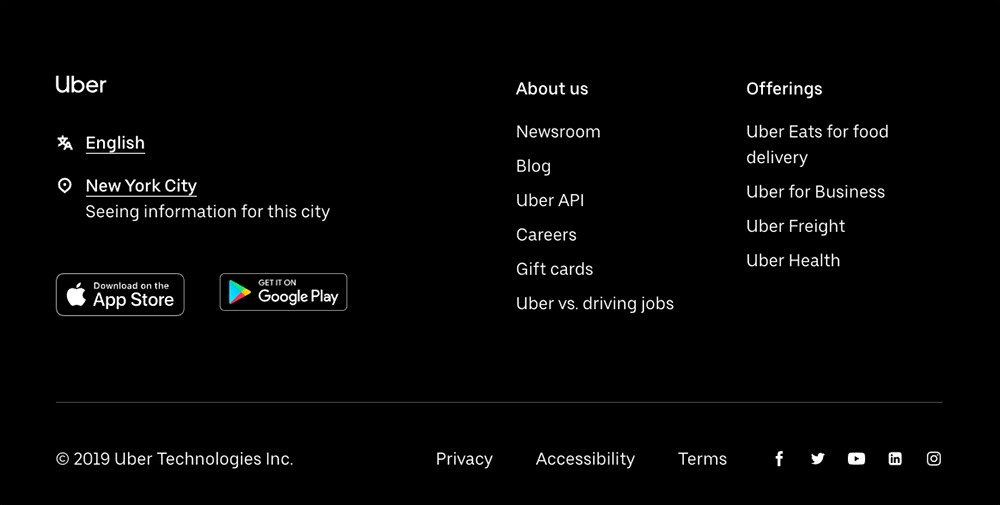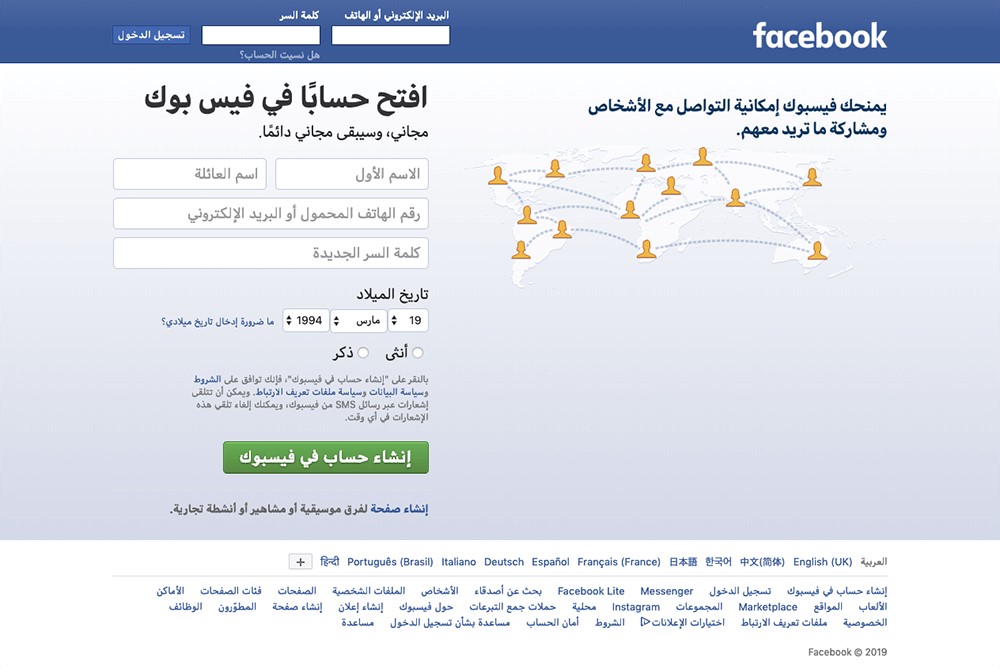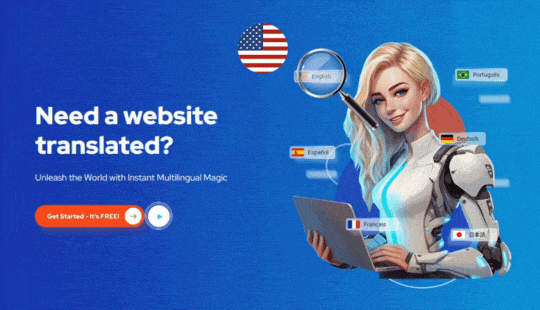
Once you have created your website, you know that is the best place for your customers to find updates about your products or services. But what happens when we want to create an international impact? Users will take a look at your website in its original language, at times because it’s in their preferences but what about those who prefer their native language? that’s when multilingual websites sound like a great solution.
There are several ways to translate your website into one of the many languages that could be your target. The translation process and results may vary but the goal is the same.
– Professional Translators
– Machine Translation
– Machine and Human Translation
– Free Translation Software Services
I would like to make a stop and focus my interest on the last two solutions. Why? Simply because once a machine translation is done, we know there are details such as grammar, tone, context that may differ and they probably won’t sound natural in the target language, that is why human translation, a professional translator and even these translation software services using human translation would be our best choice when it comes to translating our website.
Some details we have to keep in mind when translating our website are:
– The language switcher
– The layout
– Appropriate colors, signs, icons
– Switching to a RTL language
Those four details have a lot to do with the way your website is designed, where all the things will appear, what and how things will be published and of course, the idea of building a multilingual website is simple going from one language to the other but keeping the same layout.
Consistent Branding
Whenever a regular or potential customer land on your website, no matter which language they speak, they must be able to see the same branding. By the same branding I mean, the same version of your website in any available language. To make it possible, ConveyThis plugin or the free website translator would be really helpful.
Once you land in ConveyThis website, you will be able to find the menu with translation services and other interesting pages. If you compare this to other services, you will see this one will give you more options for less, it’s just a matter of reading carefully, creating an account and exploring the services provided by ConveyThis.
The Language Switcher
This sounds like an obvious detail but not everyone thinks about it when it comes to place it in the website, here is where I invite you to play the customer role and visit your website, where would that language switcher look better? How practical, functional will it be? Where will it be seen first? And more, just make it easy to find, some websites have it on their header or footer widgets.
Another good advice I can give you is the reference of the language looks better in its own language, for example: “Deutsch” instead of “German” or “Español” instead of “Spanish”. With this detail, your visitors will feel welcomed to your website in their own language.
What language do you prefer?
Have you visited those websites that force you to switch your region in order to switch the language? Well, these websites definitely don’t let you choose your preferred language without changing regions. Being able to choose a preferred language is positive for your business since not every German is in Germany or Japanese in Japan, and they may prefer English to navigate your website.
A good example of choosing your preferred language is Uber, the switcher is in their footer and you can switch regions or language without one affecting the other when you click “English” it shows a list of languages to choose from.

Autodetecting languages
Nowadays multilingual websites are able to detect the language of the web browser, which in theory means the language may switch automatically, but this is never that accurate because although someone from Japan living in Portugal may land on your website in Portuguese, when he can’t actually understand the language. To solve this inconvenient, provide the language switcher option too.
Another version of language switcher could be flags.
Consider the following issues before you decide to use flags on your website:
- Flags represent countries, not languages.
- A country can have more than one official language.
- A language can be spoken in more than one country.
- Visitors might not recognize a flag or they might be confused by similar flags.
Text Expansion
This is a very simple detail, it isn’t a secret to us that whenever we switch a language, certain words, phrases or sentences chance their extension, this is something we have to keep in mind when translating our website. The same word in Japanese and German may be different.

The W3C’s guide to text size in translation
“Allow text to reflow and avoid small fixed-width containers or tight squeezes where possible. Be especially careful about fitting text snugly into graphic designs. Separate presentation and content, so that font sizes, line heights, etc. can be easily adapted for translated text. You should also bear these ideas in mind when designing database field widths in character lengths.”
The W3C also highlights the adaptability of UI elements, such as buttons, input fields, and descriptive text. An example of this could be Flickr when they translated their website, the word “views” referring to the number of views a picture has had.

Font Compatibility and Encoding
The W3C recommends using UTF-8 when encoding just for special characters to appear properly no matter the language being used.
When it comes to the fonts, it is good to remember the one we choose must be compatible in the languages we will translate our website to, if you are translating into a non-Latin based language, special characters must be part of the font you choose. When downloading your font make sure it supports RTL and Cyrillic.
Now that I mention the RLT (Right to Left) languages, this is another challenge you face when your target market speaks one of these languages or you’re simply making it one of the lists of your website translation to catch their attention. For these cases, you got to mirror the design, including everything, literally everything on the website.
A good option to do this is the website translator on the ConveyThis website, not only it is free but once you activate your free account, you’ll be able to at least translate from your native language to the target one.

Images and Icons
Here I would like to make special emphasis, we know that when we translate our website to reach a new audience, get more customer and show them our product/service, we must adapt our content to those customers, it is time to include their culture, what would be culturally appropriate? That is why we may visit a website in different languages and some images of people, icons and graphics would be different. Certain images, clothing, preferences, may be offensive depending on the country where they are seen.
Colors are important too since it has a different meaning depending on the regions they are used at, make sure you search for the proper information regarding colors and their meaning in your target market before it is offensive.
Dates and Formats
Dates format are different across the globe, while in the United Stated the date is written “month/date/year”, it is completely different in countries such as Venezuela “date/month/year”. The metric system may also vary in certain countries.
WordPress and the right translation plugin
Although there are several plugins for your WordPress, today I would like to invite you to check the one that is offered by ConveyThis. Your website could be translated in minutes by neural machine into at least 92 languages, including the RTL languages, the language switcher is customizable, and more features that would match the principles I have explained in this article.
Once you install the ConveyThis plugin, you can have your website translated into your target language by a machine with the benefits of a human proofreader who edits and make your translation sound more natural in the target language. Your website will be SEO friendly because Google will crawl the new directories, such as /es/, /de/, /ar/.
How do I install ConveyThis plugin in my WordPress?
– Go to your WordPress control panel, click “Plugins” and “Add New”.
– Type “ConveyThis” in search, then “Install Now” and “Activate”.
– When you refresh the page, you’ll see it activated but not configured yet, so click on “Configure Page”.
– You will see the ConveyThis configuration, to do this, you’ll need to create an account at www.conveythis.com.
– Once you confirmed your registration, check the dashboard, copy the unique API key, and go back to your configuration page.
– Paste the API key in the appropriate place, select source and target language and click “Save Configuration”
– Once you’re done, you just have to refresh the page and the language switcher should work, to customize it or additional settings click “show more options” and for more on the translation interface, visit the ConveyThis website, go to Integrations > WordPress > after the installation process is explained, by the end of this page, you’ll find “please proceed here” for further information.

